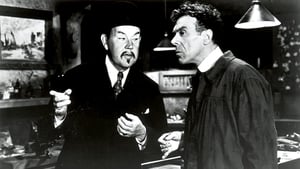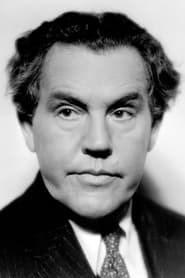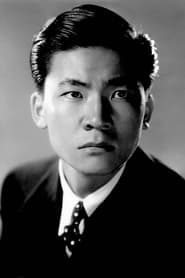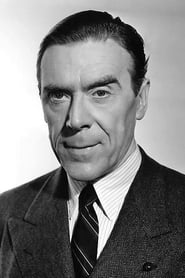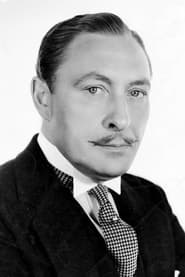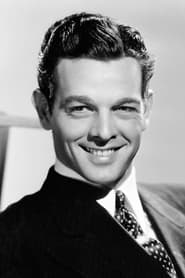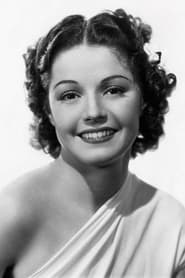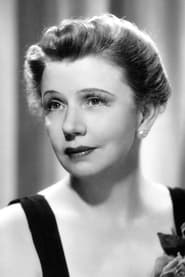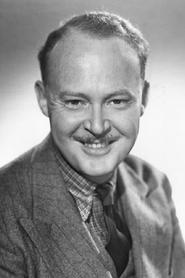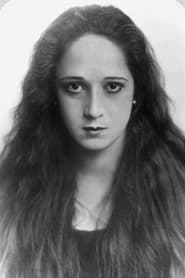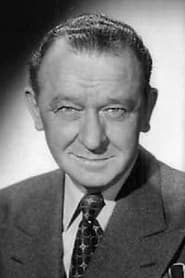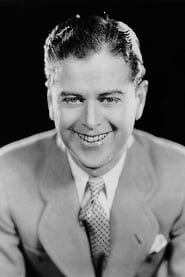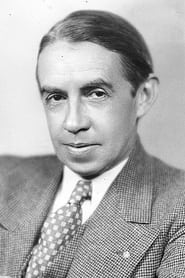Cast
View AllSidney Toler
as Charlie Chan
Victor Sen Yung
as Jimmy Chan
Leo G. Carroll
as Professor Gordon
Lionel Atwill
as Dr. Suderman
Robert Lowery
as Dick Kenyon
Marjorie Weaver
as Paula Drake
Cora Witherspoon
as Susie Watson
Don Beddoe
as Frederick Ross
Leonard Mudie
as Gerald Pendleton
Charles Middleton
as Jeremiah Walters
Claire Du Brey
as Sarah Walters
James Burke
as Wilkie, house detective
Richard Keene
as Buttons, ship's steward
Harry Strang
as Seaman Guarding Pendleton
Harlan Briggs
as San Francisco Coroner
Crew
Director
- Eugene Forde
Reviews
CinemaSerf
When his British pal "Insp. Shaw" is killed, our eponymous sleuth must join the passengers on a cruise to find the culprit not just of this, but of another murder too! It has a sort of "Murder on the Orient Express" feeling to it, this, as the fellow travellers are introduced to us, and to "Mr. Chan" (Sydney Toler) and we very quickly ascertain that they are a pretty disparate bunch any of whom might, just, be responsible. It helps the mystery that the there is no obvious character - neither by virtue of their role or their billing - to give it away. It's down to some shrewd detective work from "Chan", aided by his rather hapless, but well meaning No 2 son "Jimmy" (a lively effort from Victor Sen Yung) to work it out. Lionel Atwill, Leo G. Carroll, Charles Middleton and an engagingly ditzy Cora Witherspoon ("Susie") all help keep us guessing until quite an exciting denouement with plenty of red herrings and cleverly staged machinations to trap our strangler. The Confucian-style expressions grate after a while, they are just too contrived - but there is lots going on here to kill 75 minutes well.
Jun 23, 2022
Thematic Analysis
Charlie Chan's Murder Cruise represents a fascinating example of Comedy/Crime/Mystery/Thriller cinema, offering viewers a unique perspective on the human experience and societal structures. The film's approach to its themes demonstrates a creative vision that distinguishes it within its genre.
Director Eugene Forde brings their distinctive visual style to this film, continuing their exploration of themes seen in their previous works while adding new elements. Their approach to pacing and visual storytelling creates a viewing experience that rewards close attention.
Released in 1940, the film exists within a cultural context that now offers viewers historical perspective on the social issues of that era. Its reception demonstrates the diverse reactions to its artistic choices and its place in cinema history.
Did You Know?
- The production of Charlie Chan's Murder Cruise took approximately 21 months from pre-production to final cut.
- The final cut of the film runs for 77 minutes, though the director's initial assembly was reportedly 105 minutes long.
- The screenplay went through 12 major revisions before the final shooting script was approved.
- Some visual effects sequences took up to 8 months to complete.
- Several scenes were filmed in multiple locations to capture the perfect setting.
Historical Context
- In 1940, when this film was released:
- Rock and roll music was revolutionizing popular culture.
- The Cold War was intensifying, influencing global politics and culture.
- The film industry was dominated by major studios, with independent cinema still in its early development.
How This Film Stands Out
While Charlie Chan's Murder Cruise shares thematic elements with other films in its genre, it distinguishes itself through its unique approach to storytelling, visual style, and character development.
Unlike Batang Quiapo, which focuses more on action than character development, Charlie Chan's Murder Cruise offers a fresh perspective through its innovative visual language and narrative structure.
While films like The Sentinel and The General's Daughter explore similar territory, Charlie Chan's Murder Cruise stands apart through its deeper exploration of its central themes and more complex characterization.
This film's unique contribution to cinema lies in its bold artistic choices and willingness to challenge viewer expectations, making it a valuable addition to its genre.
Details
- Release Date: May 2, 1940
- Runtime: 1h 17m
